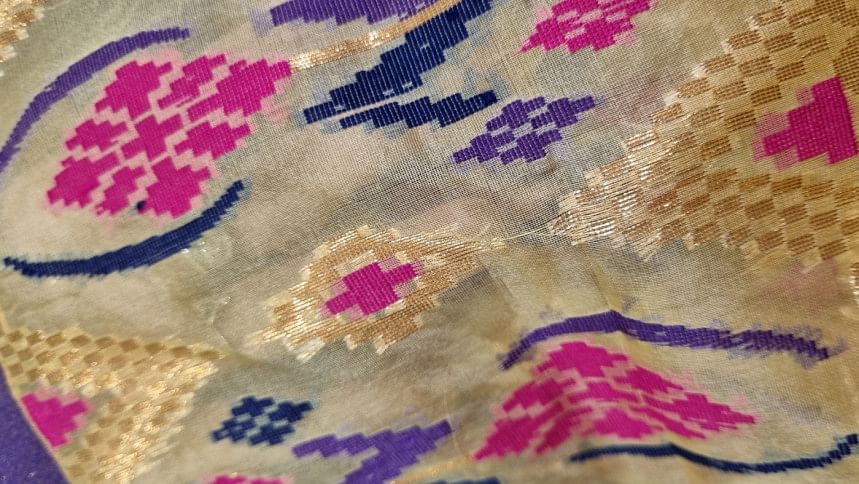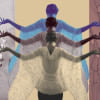The return of the heritage loom — Muslin

An inseparable part of growing up was to listen to the elders lamenting about all the good things that are lost forever from the land of Bengal. Grandmothers would tell tales of saris made of muslin, which would pass through a ring; a yard of the finest cloth that would fit inside a matchbox.
The Mughal regime was probably the heyday of muslins, but two hundred years of English colonial rule wiped out this amazing form of art. The British tried to acquire and control the artistic process of creating muslins. Slowly, the whole art form, skill set and the resources have been lost completely.
In October 2014, Prime Minister of Bangladesh, Sheikh Hasina, during her visit to the Ministry of Textile and Jute, urged them to explore the possibility of reviving muslin. The ministry formed a team of specialists who started digging into the mythical expanse of this forgotten craft.
So far, the weavers have weaved six saris and some sample fabrics. One of those saris has been gifted to the prime minister of Bangladesh, Sheikh Hasina, who initiated this project and also gave a major breakthrough by advising the team about the Victoria & Albert Museum when they were desperately looking for a sample of muslin fabric. The project director, Ayub Ali, is very hopeful about this project. He remarked that this was a successful effort. He hopes that muslin can be produced commercially very soon.
Even without government support, some private entrepreneurs like Drik have also put out great effort to revive muslin on their own. Albeit in a small amount, they have managed to make some saris and fabrics.
If the heritage craft is not dealt with in time, it may just get lost with the passing of the years. And that would mean a cause and effect shift to the weavers – the real talent behind the charm getting phased out eventually.
Shamim Akhter Siddique, 56, is both a designer and weaver. His family is one of the surviving craftsmen who have not given up their ancestral profession as of yet, but may soon, if the situation doesn't improve. Due to the high maintenance cost, lack of government support, high competition with neighboring countries and low profit, his family members, especially the future generation are now thinking of alternative business sources.
Anamul Haque,47, another iconic designer and weaver also has a great lineage of artisans in his family, weaving and designing have been their bread and butter for the last 80 - 90 years. He has high hopes for the textiles and still feels positive about it, but the pandemic and the rising debt have played with his dreams as well. Haque remarks, "People should support heritage arts and crafts because that actually means they are supporting a whole family of artisans, for at least a few weeks to even a few months."
Muslin is not just an excellent fabric. It is about courage, passion and tenacity. The people of Bengal have this amazing surviving ability even against the harshest of natural calamities. The government of Bangladesh has done a great job. It is truly praiseworthy that even through the pandemic they did not stop, they have kept on. Muslin is now Bangladesh's GI product. Now it's our turn to take the helm and take it to the next level.
So, if you want to present yourself with the finest fabric of the world, choose muslin. If you want to clad yourself with hope and courage, if you want to drape yourself with the care and perseverance of an artist, choose muslin. If you are a science person, wear this muslin for the meticulous research and invention it took to revive this almost magical product!

 For all latest news, follow The Daily Star's Google News channel.
For all latest news, follow The Daily Star's Google News channel. 








Comments